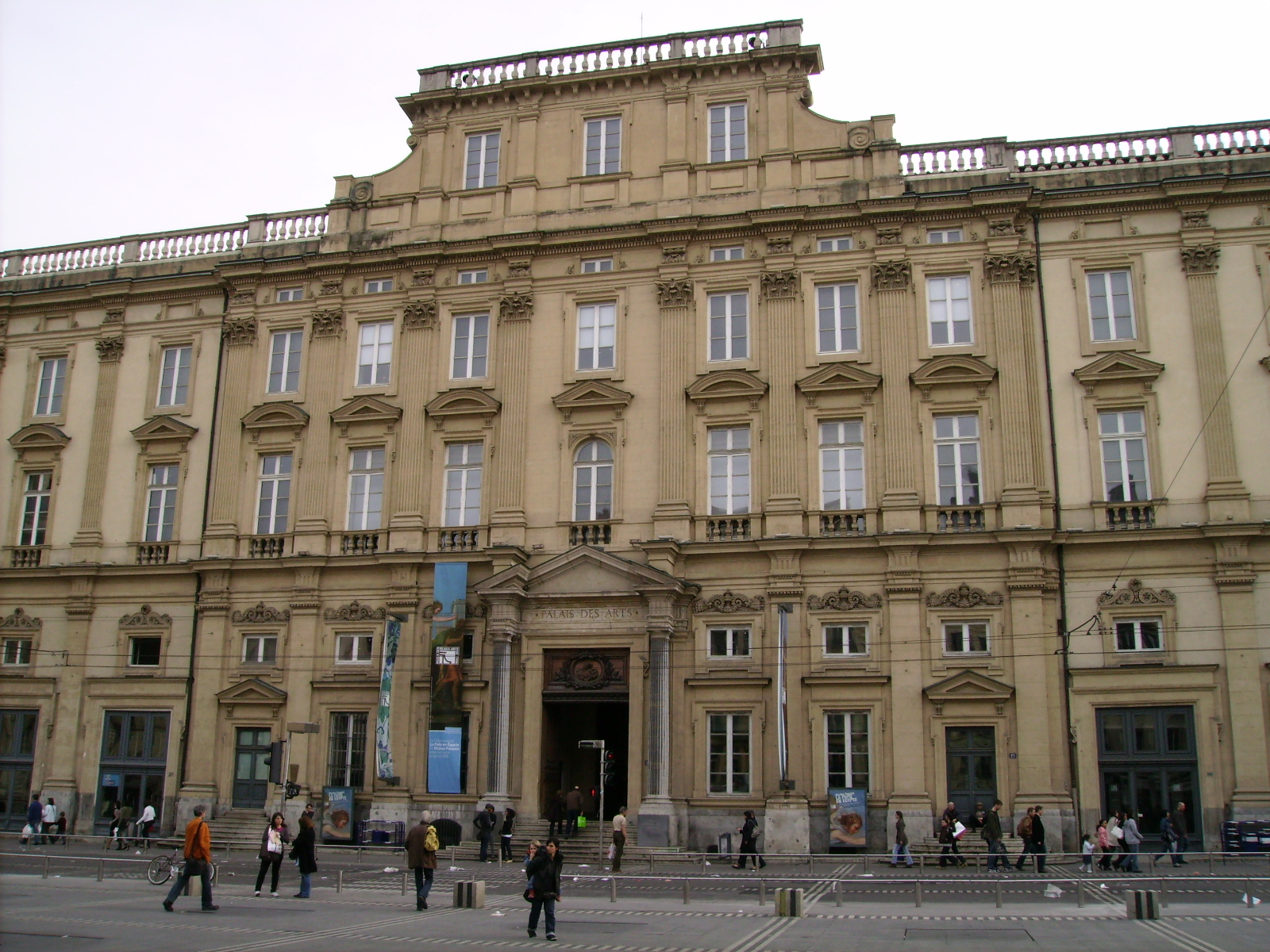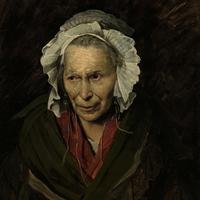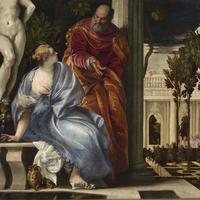More about Museum of Fine Arts of Lyon
Works at Museum of Fine Arts of Lyon

Sr. Contributor
The Museum of Fine Arts of Lyon is the second largest fine arts museum in France, just after The Louvre (some call it “little Louvre”), and is housed in a building whose history is near as rich as the collections it contains.
Beginning as a monastery founded in the sixth century that went through several reconstructions over the years, the 7,000m² building was the site of a Royal Abbey before the museum’s creation. It was a home for nuns, specifically high class aristocratic nuns, for roughly a century before the French Revolution broke out. Luckily, the abbey was positioned close to the Lyon city hall; otherwise it might have been destroyed entirely during the Revolution. The nuns were just evicted instead. The pink marble columns that decorated their private prayer chapel now flank the museum’s Greek vase collection.
In 1792, now that the city had a massive empty abbey, the Municipal Council decided the building would be used to house medals and monuments of artistic merit. Fast forward two centuries and the museum’s medal collection is 50,000 and counting, the second largest in France.
But medals are far from their only expansive collection. The museum started out humbly in 1803, open Wednesdays from 10 am to 1 pm for visitors to see the first donations trickling in. The Louvre ended up sending roughly 110 paintings, including Rubens’ Adoration of the Magi, to Lyon. Once the collection grew large enough, the museum was officially inaugurated on Sept 20, 1814.
On top of the 70 rooms and 5,000 years of art history to explore, the museum has several unique charms to attract visitors. The pink marble columns aren’t the only luxury left behind by the nuns for tourists to enjoy. The sculpture garden of the museum is situated in the former cloister of the abbey, a peaceful closed-off space to enjoy a bit of nature. The garden, like the building itself, has been renovated a few times, and several adornments have been added over the years to enhance its atmosphere.
If sitting quietly to enjoy nature isn’t your thing, you can try checking out the dancing audio guide designed for the museum. Designed by Lyon dancer/choreographer Denis Plassard, it’s meant to help you experience the art on a new level by dancing in front of it. Or you can simply search around for the highlights of the several architectural enhancements that have survived over the centuries, such as windows from the 7th century in the interior passageway, the monumental staircase, or the extravagant decor from the 19th century in the Medal Room. The most recent renovation was a complete remodeling of the building that took place from 1990 to 1998. Impressively, the museum spread the work into different phases and stayed open the whole time.
If none of that is of interest, there’s always the massive art collection itself to keep you busy for days on end.
Sources
- “200 Years of History.” Musée des Beaux Arts de Lyon. Musée des Beaux Arts de Lyon. Accessed February 16, 2022. https://www.mba-lyon.fr/en/historique/200-years-history.
- “Fine Arts Museum.” Only Lyon. Office du Tourisme et des Congrès de la métropole de Lyon, July 28, 2021. https://en.lyon-france.com/discover-lyon/culture-and-museums/museums/ fine-arts-museum.
- “Lyons Fine Arts Museum – Where Art Meets Zen.” This Is Lyon . This is Lyon, May 24, 2019. https://thisislyon.fr/things-to-do/museums/fine-arts-museum/.
- “Museum of Fine Arts of Lyon.” Museums.eu - The European Museums Network. Museums Eu.Accessed February 16, 2022. https://museums.eu/museum/details/686/museum-of- fine-arts-of-lyon.
- “The Royal Abbey.” Musée des Beaux Arts de Lyon. Musée des Beaux Arts de Lyon. Accessed February 16, 2022. https://www.mba-lyon.fr/en/historique/royal-abbey.
- “Sculpture Garden.” Musée des Beaux Arts de Lyon. Musée des Beaux Arts de Lyon. Accessed February 16, 2022. https://www.mba-lyon.fr/en/article/sculpture-garden.
Featured Content
Here is what Wikipedia says about Museum of Fine Arts of Lyon
The Museum of Fine Arts of Lyon (French: Musée des Beaux-Arts de Lyon,
pronounced [myze de boz‿aʁ də ljɔ̃] ⓘ) is a municipal museum of fine arts in the French city of Lyon. Located near the Place des Terreaux, it is housed in a former Benedictine convent which was active during the 17th and 18th centuries. It was restored between 1988, and 1998, remaining open to visitors throughout this time despite the ongoing restoration works. Its collections range from ancient Egyptian antiquities to the Modern art period, making the museum one of the most important in Europe. It also hosts important exhibitions of art, for example the exhibitions of works by Georges Braque and Henri Laurens in the second half of 2005, and another on the work of Théodore Géricault from April to July 2006. It is one of the largest art museums in France.
Check out the full Wikipedia article about Museum of Fine Arts of Lyon












